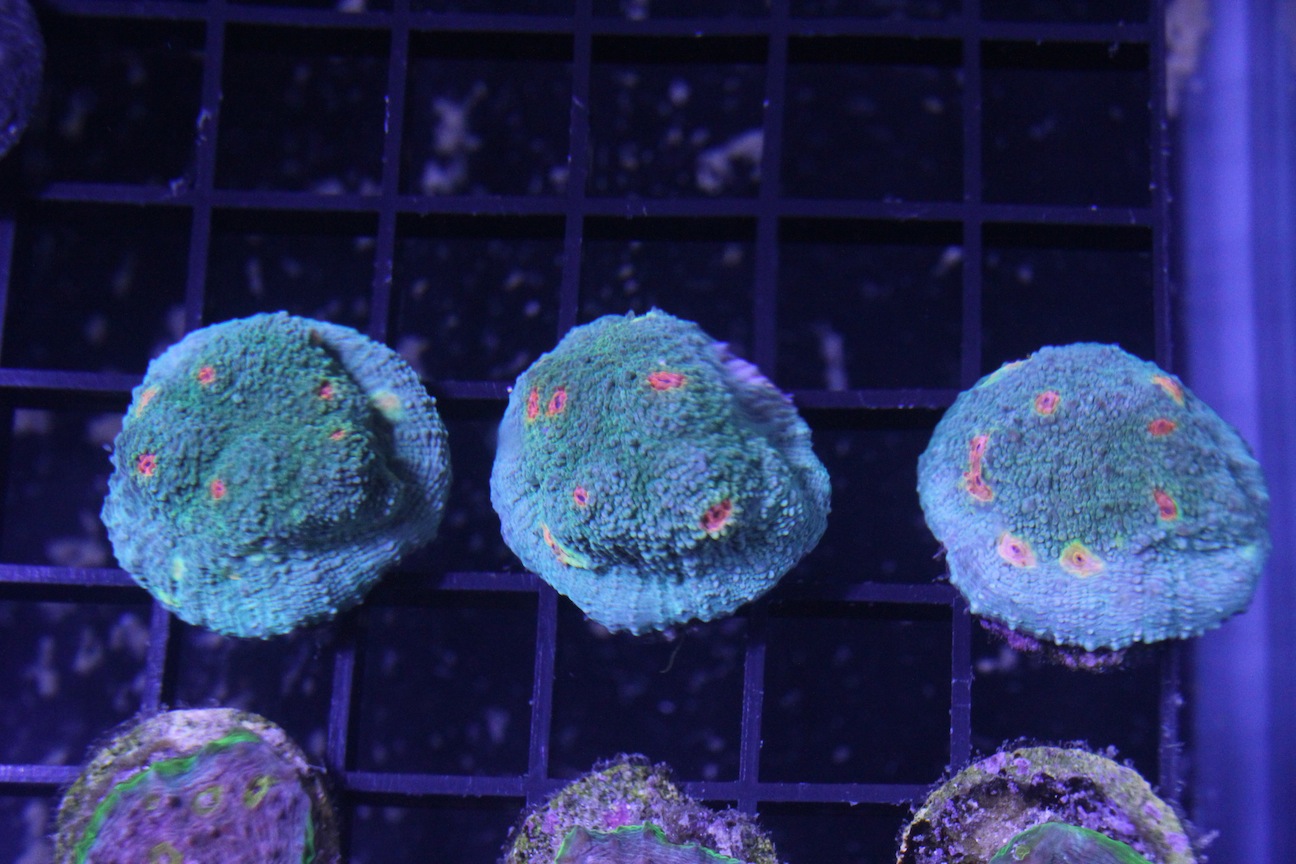
With the largest aquarium trade show just weeks away, we figured we would do a handful of articles to help convention goers navigate the event and come home with all of their reef swag in one piece. First up on the chopping block is coral shopping, which there will be plenty of at MACNA 2011.
Like most aquarium-themed events, the Marine Aquarium Conference of North America will be filled with vendors selling their most beautiful corals. And because the stage for this particular event is so large, most coral pushers will be showing off their cream-of-the-crop corals, meaning the high dollar stuff that causes booth hoppers to talk. Some hobbyists will show up to just gawk at the corals and equipment, but most others will be taking at least a handful of corals home with them. Because the event is attended by aquarium keepers from all over the US, most people will be traveling by plane, or at the very least long distance car rides. Below are a handful of tips on successfully bringing livestock home from the show, including taking them on airplanes.
Airplane travel can be a huge hassle, especially when considering all of the regulations put on this mode of travel by the TSA. Liquids more than a few ounces can’t be carried on the plane by passengers, which makes coral transportation a huge headache. Some hobbyists have reported being able to carry some corals on the plane in their carry-on luggage, but most hobbyists find ingenious ways of putting them into their checked baggage. A generally used method is to put the corals into a thermos and pack it into the luggage. Of course, the primary concern is keeping the container sealed, otherwise you’ll end up with dead, dried out corals and wet clothes. Other hobbyists use tiny styrofoam boxes to hold corals in their luggage, double wrapping all of the corals individually and sealing the box with tape.

Another method of coral transport is to pack a box full of corals and overnight it to yourself. This can be quite expensive, but keeps you from having to explain transporting corals in an airplane, which may get confiscated before even stepping foot onto the plane. Shipping the corals can present its own hassles though, as shipments get lost and temperature fluctuations cause coral death. The water in the package also presents issues simply because the coral can soak in elevated levels of ammonia.
Surprisingly, there’s a waterless approach to transporting corals, and it’s one that is actually based on trial runs by long-time aquarium hobbyists. I won’t get into many of the details of this method, as it is one that I’ve never personally tried, but I merely wanted to present it to readers for the sake of showing some of the outside of the box thinking that’s been successful for some. In a nut shell, the waterless shipping method is exactly how it sounds. You place a coral into a dry bag, put it into your carry-on or checked luggage, and immediately drop it into your aquarium the moment you arrive home. Any water used in the bags to transport the corals becomes contaminated with ammonia and other harmful chemicals, which can cause coral death or at the very least tissue loss. The thinking that spurred the original trial runs is the fact that many corals are exposed at low tides for many hours during the day and have developed methods for coping with exposure to air. The corals secrete a slime covering that keeps them from drying out, but it’s important to note that this method is only suitable for trips of 12 hours or so. For more information on the dry coral shipping method, please see this article from Eric Borneman.
Now that traveling by air is out of the way, we can now focus on those hobbyist making the long drive. In my experience, transporting corals in a car is far easier to do than carrying them on a plane. Hobbyists can place the corals into a ice chest, toss it all in the back seat, and be on their way. The only recommendations that I can make are to keep the corals in a cool place, making sure to keep them out of the sun and constantly checking on the bags for any leaks that may have developed during the trip. From any event that I’ve brought corals home, I transport everything in a styrofoam cooler that I keep with me at all times. Whenever I go in to eat somewhere, the cooler comes with me. And the minute I show up at my aquarium, the frags are immediately placed into containers to be acclimated and dipped. I’ve had success with this method and will continue to use it.

One last thing to consider when purchasing corals from vendors at aquarium shows is to not pick up the frags until the last minute. There’s no need to take ownership of the corals on the first day. Just let them stay in the vendor’s aquarium and pick them up sometime on the last day. Most vendors will gladly hold on to corals until the end of the show, but make sure to remember all of the vendors you purchased from so you don’t go home without a piece that you paid for.
That about wraps it up for now. We’ll keep posting MACNA related tips for the next few weeks, then it’s off to the show. Hopefully we’ll see a lot of you there and good luck with your coral transports.




